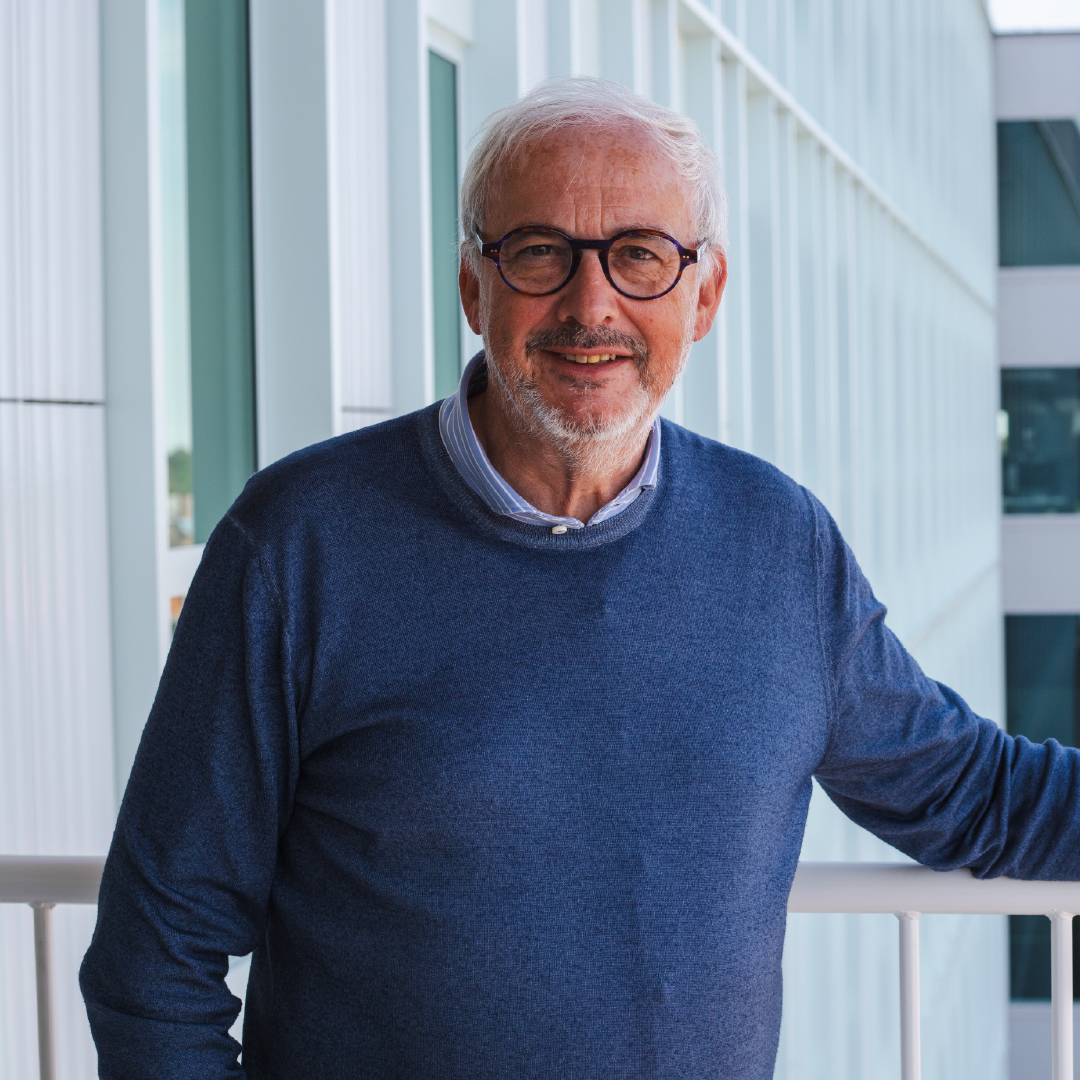If your business identity is the “personality” of your organization, your visual identity is the graphic dimension that communicates that personality to your audiences. And if there’s a mismatch between your visual identity and your brand or business, your customers and prospects may feel a subtle sense of discord – and possibly even confusion.
Why visual identity?
The fact is there’s an expectation for organizations to present themselves in a way that aligns with the norms of their industries or markets. Some companies can get away with a “fun” visual identity – think B2C products such as travel, cereal, or soft drinks. Others must be serious, especially in B2B. The visual identities for hospitals, for example, must convey trust and caring, in order for patients to feel looked after and reassured. The same goes for enterprise software solution providers, or banks. If their visual identity is too casual, it diminishes the impression of trust, reliability and solidity that these types of companies depend on in order to succeed.
>> Download a checklist on the key differences between B2C and B2B branding here to learn more
Does your visual identity match your business identity, and goals? Sometimes companies start out with a well-articulated visual identity, but as time goes on and it’s interpreted across multiple projects and teams, the visual identity loses focus and clarity. In other instances, companies choose a logo, but the visual identity process isn’t taken any further, so websites, tradeshow booths, and stationery lack a cohesive appearance.
Assess the alignment between your visual and business identities
It can be very useful to review your organization’s visual identity, and check how consistently it is being used, and determine whether it still supports your brand and business goals. To conduct a quick review, pull together some examples of how your visual identity is used, including:
- Your logo
- Stationery (letterhead, business card, envelopes, etc.)
- Sales collateral (including flyers, brochures, books, website, etc.)
- Packaging
- Signage
- Interior and exterior design
- Apparel (clothing worn by employees, especially in retail settings)
When you look at these examples, do they appear unified, or could the elements have come from different companies? If they do present a unified appearance, do they accurately represent your company’s current story?
If your set of examples doesn’t present a strong, unified visual identity for your organization, or it doesn’t reflect the current scope and status of your company, consider developing a visual identity plan and guidelines to strengthen the alignment between your visual identity and your business identity and goals.
In developing a visual identity plan, start from your business story
A good visual identity is one that takes into account your business strategies, the selling points of your brand, and the specifics of your buyer personas (age, income, education, job, gender, lifestyle, etc.). Many organizations also turn to professional market research to find out exactly how their organizations are perceived by prospects and customers.
To help you jumpstart the process of defining your business story, consider these companies and descriptions: established and reliable (IBM or Coca Cola); new and cool (Tesla or Uber); quality and refined (Ritz Carlton or Breitling), or fun and thrilling (Pokémon Go). What words would you use to describe your organization? This can give you a starting point to guide your visual identity plan.
In addition, by taking the time to properly define your business story, and making sure it underscores your visual identity, you can avoid choosing an identity that incorrectly positions your company. For an innovative Cloud-based SaaS company, for example, it would be a big mistake to go with a “dial-up-90s” typeface, logo or visuals.
And if you are wondering if the effort is worth it, consider this: studies show that when visual identity is tightly aligned with business identity, market perception is improved, sales go up – and so does profit.
Differences between B2C and B2B branding
When it comes to branding and visual identity, there are some key differences between B2B and B2C. Our B2C marketing peers know how to craft compelling brands and eye-catching visual identities, but the B2B marketplace has its own norms and expectations that need to guide B2B brands.
Download a checklist on the key differences between B2C and B2B branding here to learn more:




